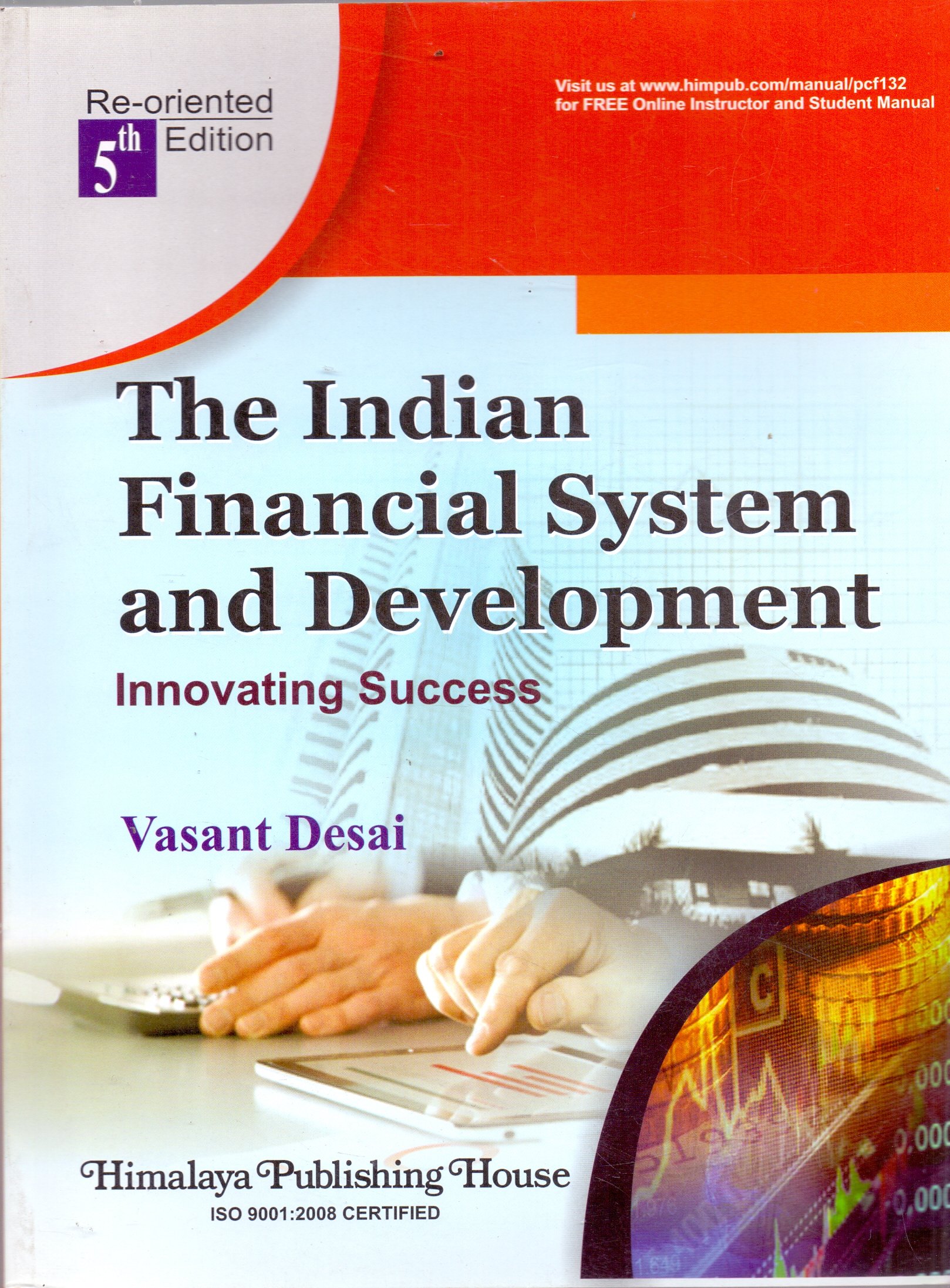The Indian Financial System and Development
no information available
The prime objective of the book is to provide executives, practitioners and management students an insight into the principles, operational policies and practices of the prominent Indian Financial Institutions which are in the money game and capital markets. Part I consists of ten chapters and focuses on the macro-economic environment that has confronted the Indian Financial System, its Structure, its role and its dimensions. It also discusses analytically the key issues of the Financial System. IT argues that Finance matters in more ways than might be immediately apparent. Efficient Financial Systems help to allocate resource to their best uses and are indispensable in complex, modern economies. Varied Financial markets are discussed in ten chapters of Part II Money markets provide a flexible means for managing liquidity, a benchmark for market-based interest rates, and an instrument of monetary policy. Capital markets are a source of long-term finance-both debt and equity-and help to foster sounder corporate capital structure. In the nineties, the organized money markets have emerged as a backbone of the Indian vibrant economy. Part III deals with key market intermediaries of growing importance. It consists of ten chapters. Part IV deals with financial institutions and their structure, functioning in the changing economic scenario. The deepening and spreading of the financial system throws light on its diversity and innovations. It consists of ten chapters. Part V discusses different financial instruments in twelve chapters. The financial instruments cater especially to the growing needs of the economy. Part VI deals with the financial services in seven chapters. The financial services play a crucial role in driving the economy. During The five years the Indian financial systems has undersone sea changes in keeping with the world economic. Yet the Indian financial system has emerged stronger inspite of the world financial crisis, the study also has become more relevant in todays changing scenario. The support the study received is quite encouraging and inspiring. The book provides an insight into the financial system and its unique role in the economy. In short, the study acts as a motivator to pursue a career in the growing and innovative financial system. Contents : PART I : FINANCIAL SYSTEM 1. The Financial System: An Overview 2. The Structure of the Financial System 3. The Evolution of the Financial System 4. Financial System and Economic Development 5. Macroeconomic Dimensions of the Financial System 6. Functions of the Financial System 7. Major Issues in the Indian Financial System 8. Financial Development Ratios 9. Elements of Fund Flow Analysis 10. Financial Sector Reforms in India PART II : FINANCIAL MARKETS 11. Financial Markets 12. The Money Markets 13. The Capital Market 14. The New Issues Market 15. The Government Securities Market 16. The Call Money Market 17. The Bill Market 18. The Foreign Exchange Market 19. The Debt Market 20. Integration of Financial Markets PART III : FINANCIAL MARKET INTERMEDIARIES 21. Stock Exchange 22. The National Stock Exchange of India 23. Over the Counter Exchange of India 24. Discount and Finance House of India 25. Securities and Exchange Board of India 26. Stock Holding Corporation of India 27. Securities Trading Corporation of India Limited 28. Money Market Mutual Funds 29. Derivatives 30. Credit Rating in India PART IV : FINANCIAL INSTITUTIONS 31. The Reserve Bank of India: Its Role in Bank Management and Regulations 32. Monetary Policy and Credit Control 33. Commercial Banking 34. Liabilities and Assets of Commercial Banks 35. The Non-Banking Financial Intermediaries and Monetary Policy 36. Non-Banking Finance Companies 37. Development Finance Institutions 38. Life Insurance 39. General Insurance 40. Merchant Banking PART V : FINANCIAL INSTRUMENTS 41. Ad hoc Treasury Bills 42. 182 Days Treasury Bills 43. Certificates of Deposits 44. Commercial Paper 45. Currency Options 46. Foreign Currency Options 47. Futures and Options 48. Hedging Instruments 49. Securitisation: A New Form of Financing 50. Hawala 51. Credit Cards PART VI : FINANCIAL SERVICES 52. Financial Services 53. Mutual Funds 54. Housing Finance 55. Leasing 56. Venture Capital 57. Factoring 58. Forfaiting 59. Depositories: A System 60. The Global Financial Crisis ... Read more Read less











